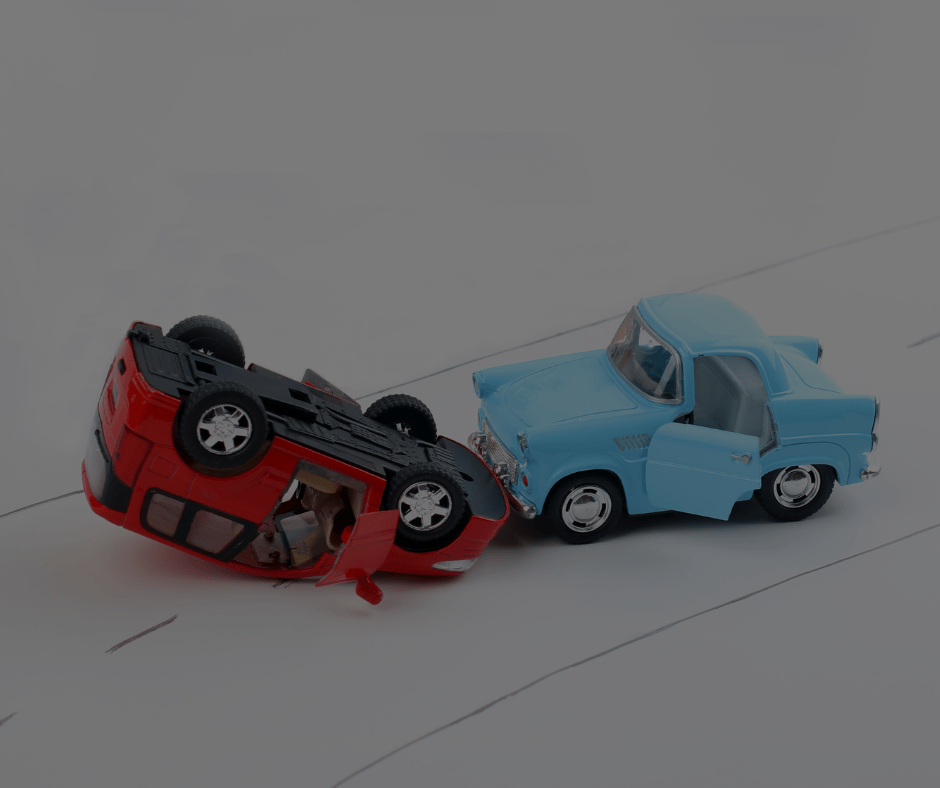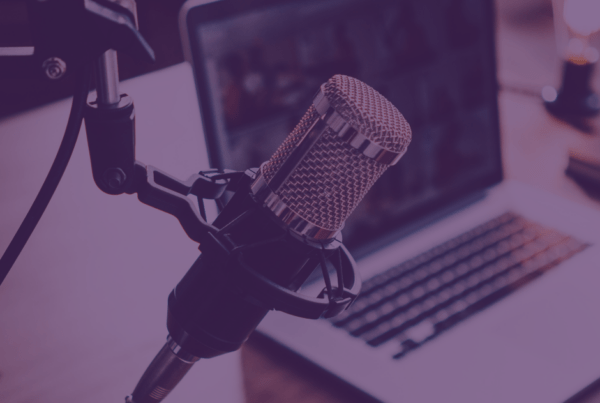“Due to the contested liability and damage scenario. Plaintiff attorneys conducted four zoom focus groups with fellow Edge and TTLA member Elizabeth Larrick. Initially, focus groups found up to 80%+ fault against Plaintiff. By the fourth focus group, we had results at a 50-50 liability assessment. Plaintiff trial team highly recommends Elizabeth Larrick for focus group needs.”
Fidel RodriguezSan Antonio, Texas
This case study is intended to reflect the ability of virtual focus groups to supply the feedback and solutions for flipping a disputed or contested liability case.
Facts: A crash occurred at 5AM between an 18 wheeler driver and a small car. The 18 wheeler with attached trailer had loaded up at the distribution center and was heading to get to the interstate highway. The 18 wheeler driver chose a route that required making a left turn. As the 18 wheeler driver is turning left a small car driving straight ran into the back wheels of the trailer. The small car driver was knocked unconscious by the violent crash. He suffered severe injuries, including traumatic brain injury, deep laceration to the left arm which caused nerve damage and loss of strength, tinnitus, and other minor injuries.
Naturally the small car driver had no memory of the crash and was taken by ambulance to hospital from the scene. The 18 wheeler driver was only person to speak to police officers on scene and he blamed white car for the crash and said he speeding.
Lawyer: Fidel Rodriguez is 40+ year accomplished trial lawyer. He runs Rodriguez Trial Law out of San Antonio, Texas with a team including Tres Rodriguez, Nadine Rodriguez and Martin Garza. Fidel has used mock trials before to prepare for trial. He was an EARLY believer in the virtual focus groups and we had done several virtual focus groups for his office before this particular file.
Problem: For this case, Fidel’s main concern was disputed liability – how much would jury put on his client, small car?
Fidel and his team had already performed extensive research and investigation. Specifically, they had the client’s car inspected and reviewed all the client’s cell phone data. The vehicle inspection (including download of the black box data) determined the small car was not speeding and did not brake before the collision. The cell phone data revealed the client was not using his phone – no call, no text, no data usage.
Fidel brought the case for a virtual focus group during the discovery phase. Parties had exchanged discovery and documents. In this exchange, Fidel received the video footage from inside the 18 wheeler cab, which provided two views: one view pointing at the driver and one view pointing forward. The footage was eight seconds long and did not start until after the 18 wheeler allegedly pulled forward from the stop sign. This footage was an on-going dispute because there was suppose to be 12 seconds. Depositions of the 18 wheeler driver and client had been taken.
Solution: We completed 4 virtual focus groups (6.5 hours total) over the course of 16 months.
Each virtual focus group involved a planning call, creating a PowerPoint Presentation, presenting, debrief/interpretation session and focus group report.
1st Focus Group: 1 hour
The style was a neutral narrative of the facts. The presentation included map of the area, parts of police report, both drivers stories, and the 18 wheeler video footage. The purpose was to get baseline on the disputed liability and damages. We learned the case needed better photographs & angles of photographs of the scene of crash. The fact the 18 wheeler driver changed his story from the scene to his deposition was important to the group. Additionally, the group had confusion on mechanism of injury to left arm (severed nerve).
2nd Focus Group: 1 hour
The style was a neutral narrative of the facts. Again, we wanted to test the disputed liability concern. Before creating the PowerPoint presentation, we reviewed the 1st focus group presentation. In order to keep testing liability, this presentation removed facts about 18 wheeler driver changing his story and put in new facts on training for night driving & route planning. The presentation included testing damages. The results of the feedback put more responsibility on small car.
3rd Focus Group: 1.5 hours
At this point, the trial was coming up in 30-45 days. The style was a Plaintiff opening statement aimed at liability mostly and some information on damages. Again we reviewed past focus group feedback to craft a strong opening statement. We also included a mini closing to allow the lawyers a chance to practice. The group was split on liability and gave more questions for the lawyers to answer or explain.
Before the final virtual focus group which was eight months after the 3rd one. The case was granted a continuance of nearly ten months. So when Fidel and his team came back to get ready for trial, I created a simple chart to compare the prior focus groups presentations, feedback, and demographics. I reviewed the focus group reports to pull this information.
This chart helped know WHAT was tested before, WHAT was liability vote, and WHAT needs to be tested now. At this point before trial, they had more information about what testimony would be in and what was testimony excluded (including 1 of their experts). They also had taken expert depositions, both plaintiff and defendant, and knew the strength of the experts. Fidel & his team had specific questions to get feedback on which we targeted in crafting presentations and discussion questions.
4th Focus Group: 3 hours
The style was a Plaintiff Opening Statement versus Defendant Opening Statement + Client Credibility. The Defense opening statement was composed around the prior defense participants comments and feedback. The goal was to put best case with advocacy against the strong defense jurors. After the openings presentation and discussion, I added a section on client credibility. The team created a short video of the client answering open-ended questions about the crash and his damages to play to the group. We also included surveillance videos produced by defense. Fidel wanted to understand how powerful were the videos? would the jurors perceive the client as truthful? This section gave the opportunity to ask what potential jurors would want to ask or know from the client.
This virtual focus group gave more liability to the 18 wheeler driver and pinpointed the strongest facts to support their decision. We also ask and gauge an attitudes or assumptions that may be assisting the plaintiff’s case. The group was very strong in favor of the client after watching the videos. No concerns about credibility. Several points from the group on how to knock out the surveillance videos.
Getting read for trial:
The decision, after conducting the focus groups, was made to concentrate on the “Rules of the Road” and not on potential distractions affecting the Defendant 18 Wheeler Driver. Focus group members universally blamed the Plaintiff when faced with distraction arguments.
Trial:
The case went to trial in October 2023 and lasted two and a half weeks.
The alternate juror, when released, related that she felt our client was 100% at fault.
The jury deliberated for six (6) hours and had to take two breaks because of heated arguments in the jury room.
Verdict:
Jury assigned 20% fault to our client.
Jury assigned 23% fault to Defendant Driver .
Jury assigned 57% liability to Employer (Negligent supervision as to left hand turns and route selection).
Plaintiff verdict: $1.2 million
Recap:
Fidel started out with a highly contested liability. He knew he’d need to work on that liability percentage and went to virtual focus groups to find it out. Strategically, we used virtual focus groups beginning in discovery phase and then continuing months apart.
The virtual focus groups also consistently told them to stick to driving rules violations of the 18 wheeler driver and do not get into arguments that Defendant driver was distracted. This opened the door for defense jurors to point at Plaintiff and sway the plaintiff jurors on liability.
The virtual focus groups pushed the team to constantly clarify and refine how to discuss the damages and causation.
The virtual focus groups removed fears about client credibility, which is be essential when you are going to the courthouse to ask for millions & millions in a verdict.
Total of 6.5 hours







